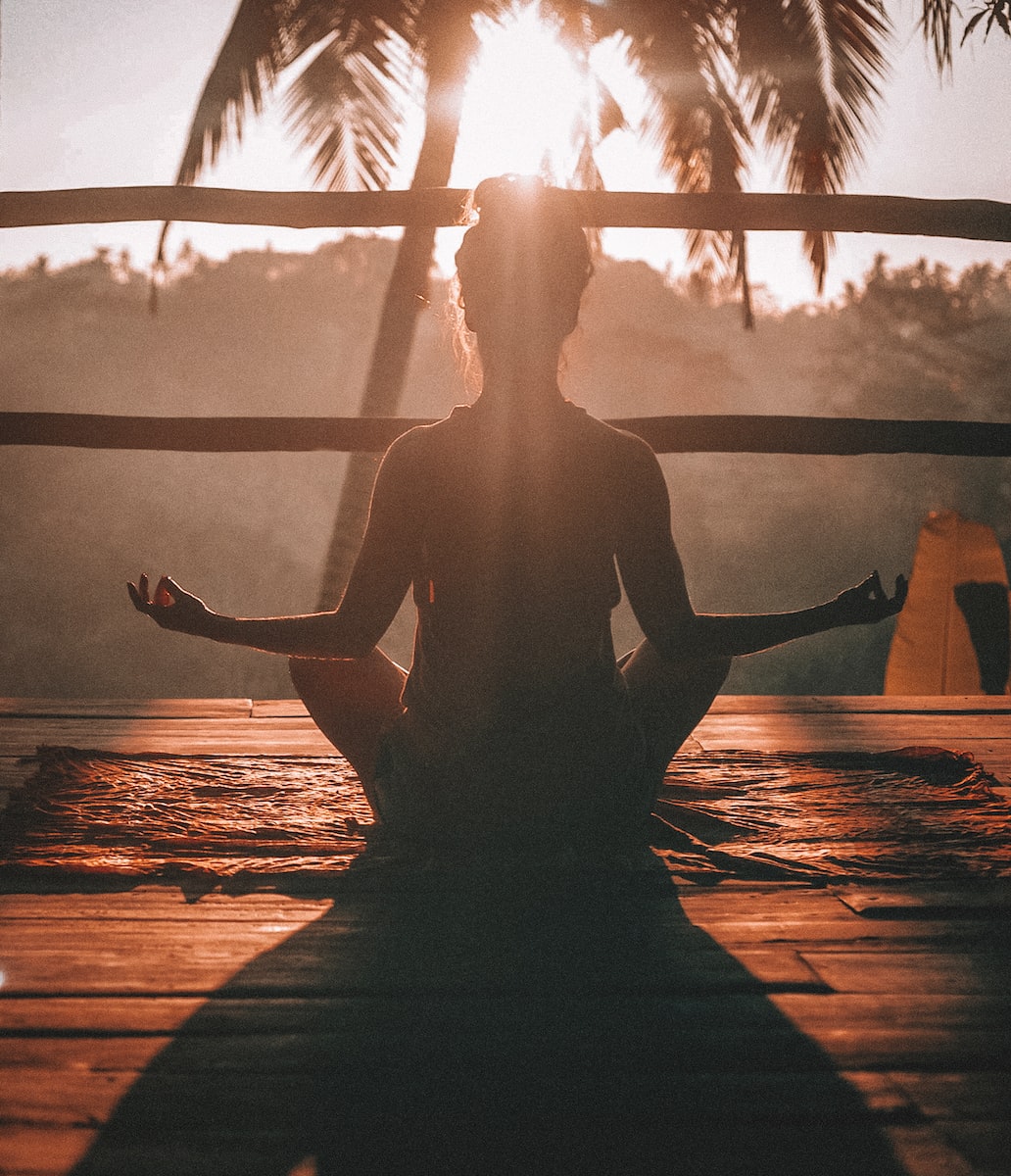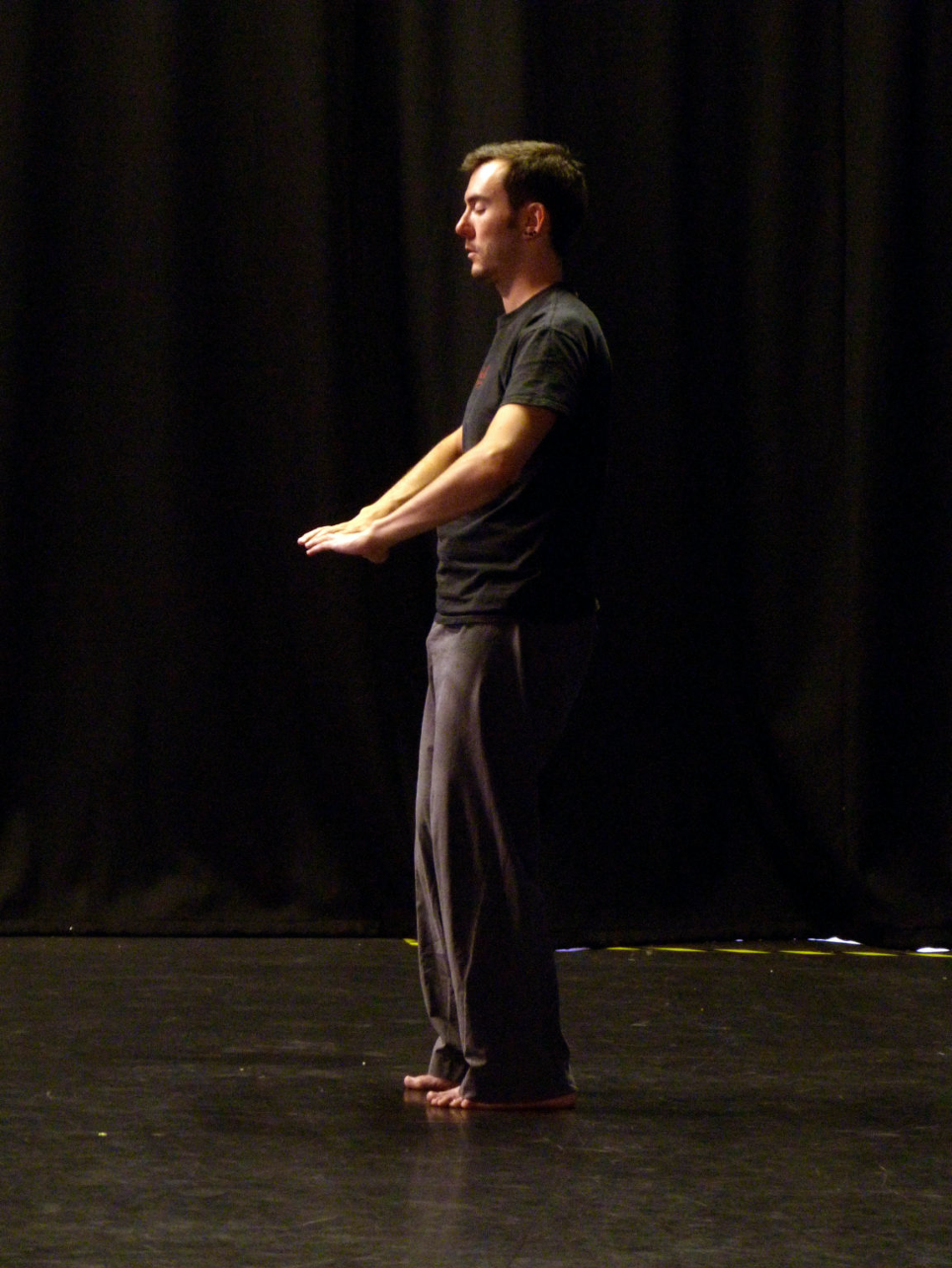
Get more from home practice

If you haven’t practised at home before, you will find some excellent suggestions here on how to make that a part of your life. We start with preparing a space at home.
The appearance of the coronavirus COVID-19 has sent shock waves through all our lives, affecting our jobs and our domestic and family lives, forcing us into new routines and forcing us to face new anxieties and challenges.
Our Tai Chi and Qigong practice, too, has been disrupted, as the daily and weekly rituals in which it fits have themselves been shaken up. There are new online Mei Quan classes to help us with this, but we also need to work consciously to build new routines and ways of practising on our own.
For, quite aside from the fact that we enjoy Tai Chi and Qigong, they also hold, if anything, an increased value at this time, and making sure we carry on our practice as part of our daily life is all the more important.
Tai Chi and Qigong offer us an amazing repertoire of exercises, from the most gentle and relaxing to the most energetic and invigorating. They provide a way to escape, even briefly, from a sedentary existence. Amongst other things, they coil and stretch stiff limbs, relax aching or tight muscles, and work the arms and legs if they have been inactive. They remind us of our posture. They get the lungs and heart pumping oxygen, blood, lymph – and qi – through the body. They massage and move the organs in the torso. And of course, they burn off some of those excess calories that we may not be burning as we are moving around in our ordinary activities.
As well as offering us physical exercise, the meditative, calming aspects of Tai Chi and Qigong also provide an urgently needed antidote to rising stress levels, and one of the wonderful things about them is that they are an exercise to refresh the mind as well as the body. Done slowly, Tai Chi and Qigong allow us to focus on and become mindful of our breath, becoming more aware of our senses, and this is a powerful tool to still the racing mind, and to put our lives in perspective. Often after practice we find it easy to return to our tasks with renewed focus and composure.
Most fundamentally, of course, Tai Chi and Qigong introduce pleasure and balance into our lives. They can be a joy to do, and joy is something we always need now, above all.
As a final word, it’s worth remembering that although the current crisis may have disrupted the ways in which we are used to doing our training, it also offers opportunities. If we can change the way that we train now, we might set up new, positive, routines, habits and attitudes that we can take into our lives when these have returned to something resembling normality.
We might even leave this difficult time better Tai Chi students than we entered it!
In this article, we start with some ideas about creating your training space.
Preparing a space at home
For some of us, the lack of space in already-tiny flats may be exacerbated by the strain of the transformation of our living space into an office, perhaps for more than one person. These areas may also have become a de facto day-care centre for children who are off school. Such space can be chaotic, and all the other activities we are involved with there may make it psychologically difficult to focus on practice. However, there are a number of things you can do to create a positive space to train in:
- Allow yourself some time for preparation before starting.
- Your first concern must be safety. Make sure that you have located or created a space where you are not going to bump into anything, trip, or slip.
- Also make sure that your home and possessions are safe from you – don’t practice sword form next to a shelf of your finest porcelain!
- If you can, move furniture around to make a space, and put things back at the end of practice. As well as being practical, the act of changing your space helps ready you mentally for training, a little as if you are entering a special room for it. It’s often also surprisingly quick and easy to move things about.
- A couple of simple extra changes, such as covering a bookshelf with a sheet, or even putting up a picture of your favourite kung fu star can help transform “some space you’ve cleared at home for training” into what feels like a training space. Make it something quick to deploy before and to take down after training. You’ll be surprised at how effective this can be!
- You might also position yourself so you are looking out the window at a view of a garden or horizon. If you don’t have a window, then a picture you like, a plant you love, or even a blank wall can work.
- Spend a couple of minutes making sure your space is clutter free – not just the floor space but also what you can see: e.g., clear up empty coffee cups, an untidy desktop, etc.
- Get fresh air as much as you can – even if you can’t go outside, you can open a window.